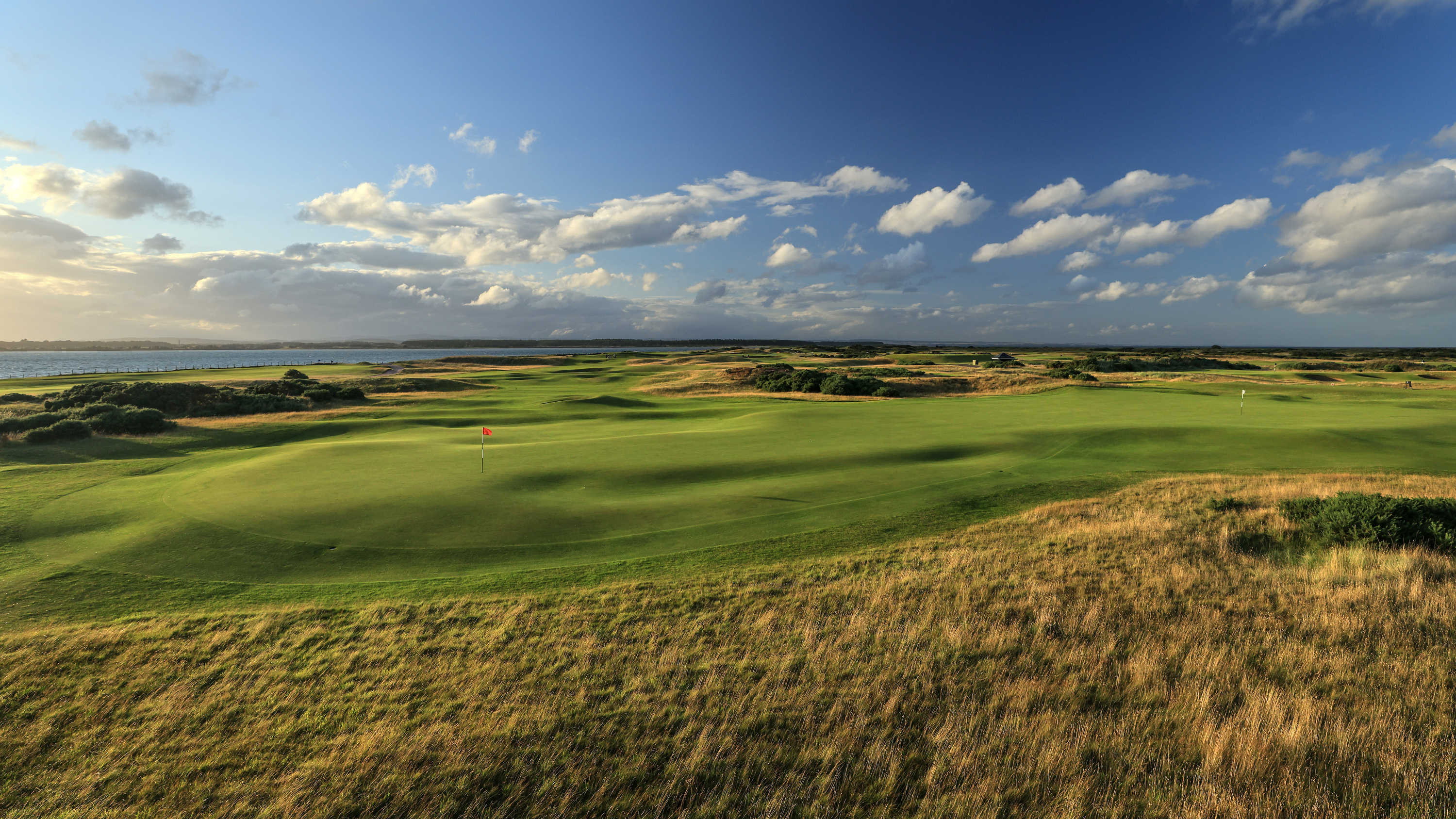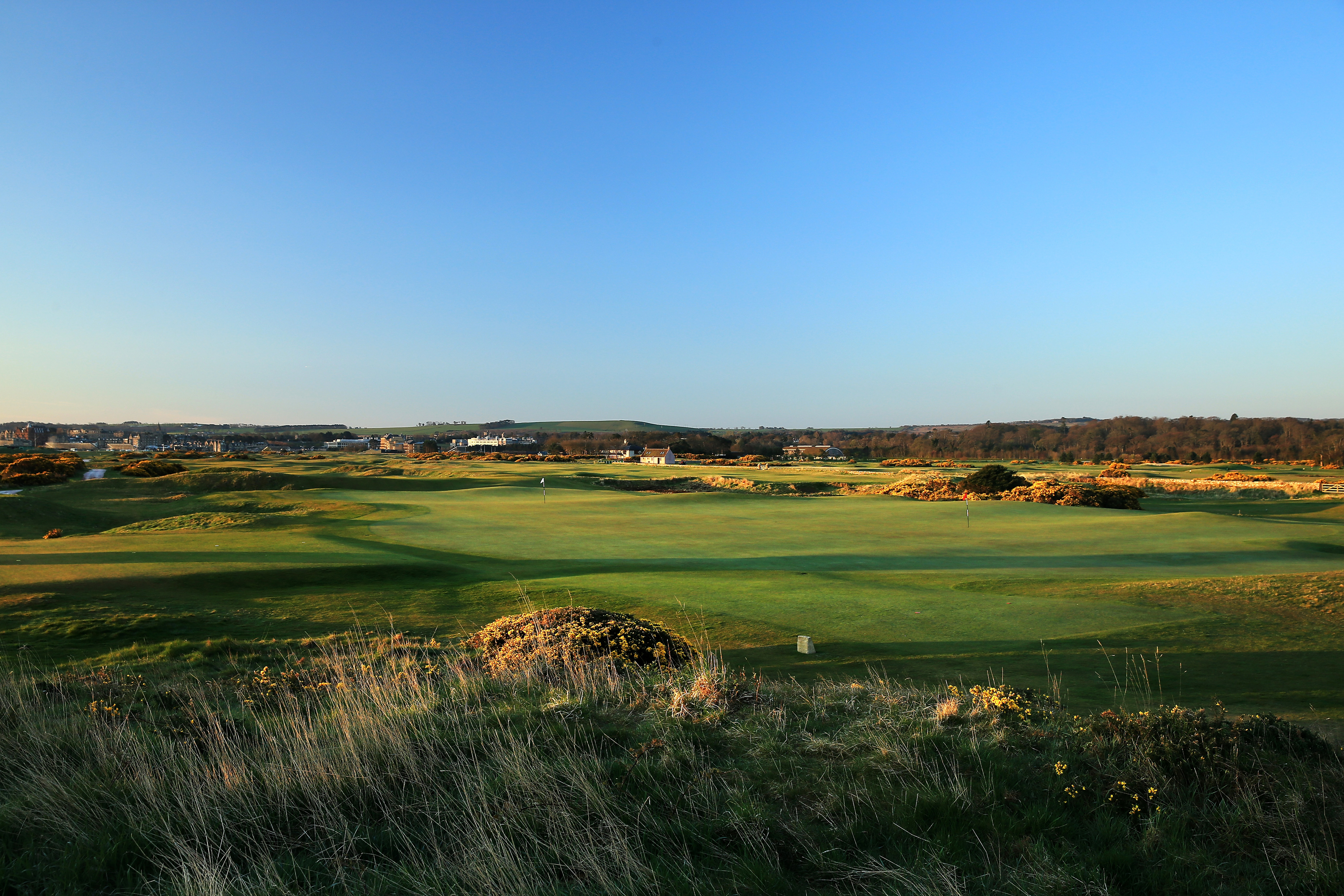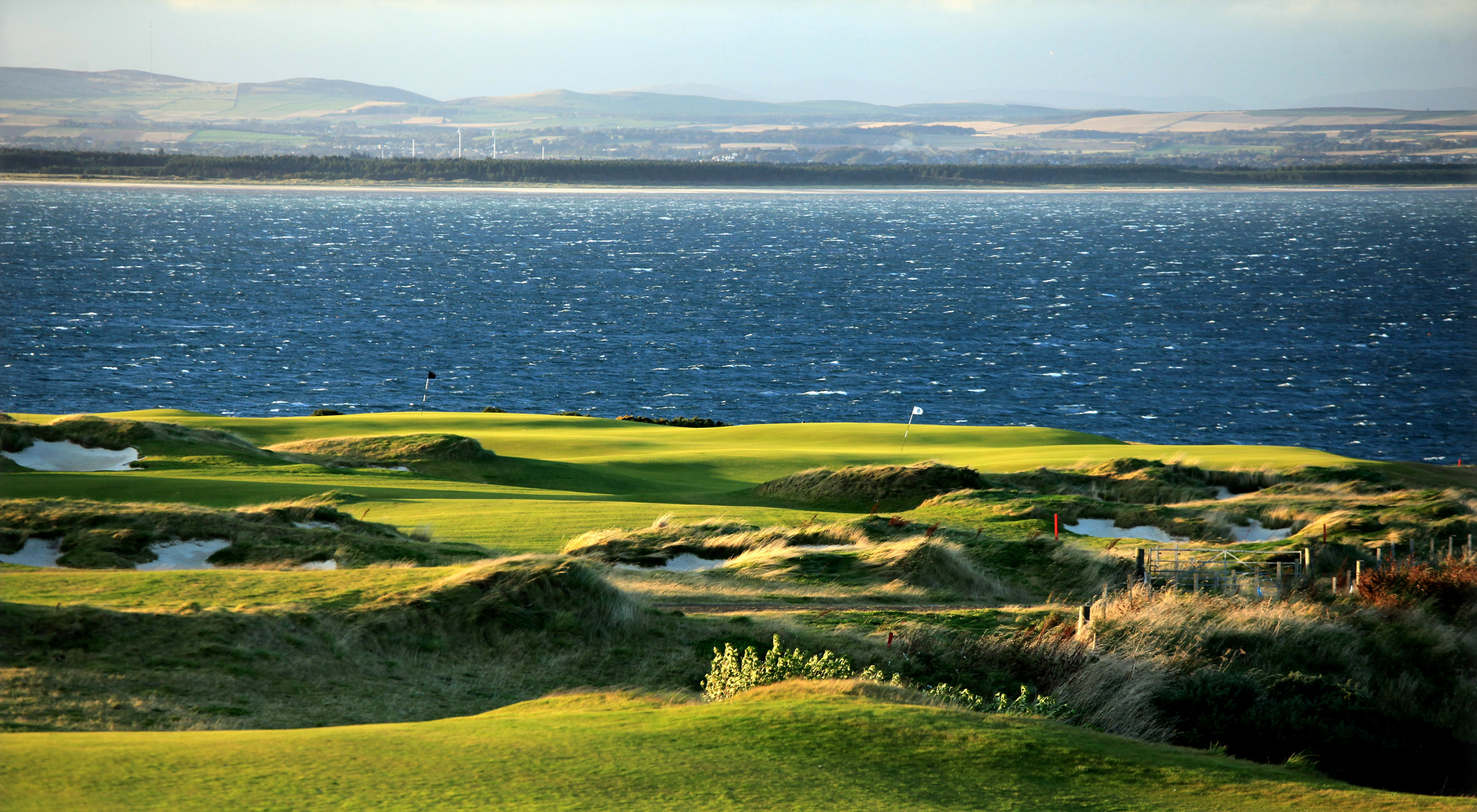How Many Shared Greens Are There At St Andrews?
The Old Course at St Andrews is famous for its unusual features, including its shared greens. How did they come about and how many are there?


When The Open Championship is played at St Andrews a feature of the layout that’s often noted is the shared greens on the Old Course. Huge sprawling putting surfaces that serve as the wider target for holes on the way out and the way back. How did these double or shared greens come about and how many are there?
The Old Course at St Andrews has evolved over centuries, adapting to fit changing golfing requirements. In the early years, players simply played out and back – The fairways weren’t really defined and there was only one flag on each green. There were fewer players, so it was possible for golfers to hit to the same flags on each of St Andrews’ greens.
Video: Things you didn't know about St Andrews
As the game’s popularity grew, the possibility of collision, disagreement and delay grew and that necessitated putting two flags on most of the greens and clearer delineation of holes heading out and back. There was no reason to separate the greens themselves, so they became shared with players taking a more prescribed route out to the turn and back to town.

The 11th and 7th greens
Until the late 1800s the Old Course was actually played in a clockwise direction and it wasn’t until Old Tom Morris separated the 1st and 17th greens in around 1870 that it begun to be played in an anti-clockwise direction on alternate weeks. Many humps and hollows, bunkers and run-offs visible today are remnants of the old clockwise routing.
Steadily, the anti-clockwise layout became the preferred one but, as recently as the 1970s, the Old was played in a clockwise direction for a month during the winter. That practice has fizzled out and the course is now only played in reverse for one day a year – A fun experience.

The 5th and 13th greens
There are seven shared greens on The Old Course and each one serves hole numbers that, when combined, add up to 18. The 2nd and 16th, 3rd and 15th, 4th and 14th, 5th and 13th, 6th and 12th, 7th and 11th, 8th and 10th. Only the 1st, 9th, 17th and 18th holes have their own individual greens.
The shared greens are huge and allow for multiple pin positions that massively change the playing characteristics of each hole. As an example, a flag right at the back of the par-5 5th hole makes it almost 100 yards longer than when the pin is placed right at the first.
Subscribe to the Golf Monthly newsletter to stay up to date with all the latest tour news, equipment news, reviews, head-to-heads and buyer’s guides from our team of experienced experts.

The 9th and 18th on the Castle Course
The Old Course isn’t the only one in St Andrews to feature shared greens. The New Course has a shared green – the 3rd and 15th, the Jubilee Course has a double green for the 4th and 14th holes. The Castle Course has a massive double green for the 9th and 18th holes. Shared greens are a St Andrews staple.

Fergus is Golf Monthly's resident expert on the history of the game and has written extensively on that subject. He has also worked with Golf Monthly to produce a podcast series. Called 18 Majors: The Golf History Show it offers new and in-depth perspectives on some of the most important moments in golf's long history. You can find all the details about it here.
He is a golf obsessive and 1-handicapper. Growing up in the North East of Scotland, golf runs through his veins and his passion for the sport was bolstered during his time at St Andrews university studying history. He went on to earn a post graduate diploma from the London School of Journalism. Fergus has worked for Golf Monthly since 2004 and has written two books on the game; "Great Golf Debates" together with Jezz Ellwood of Golf Monthly and the history section of "The Ultimate Golf Book" together with Neil Tappin , also of Golf Monthly.
Fergus once shanked a ball from just over Granny Clark's Wynd on the 18th of the Old Course that struck the St Andrews Golf Club and rebounded into the Valley of Sin, from where he saved par. Who says there's no golfing god?